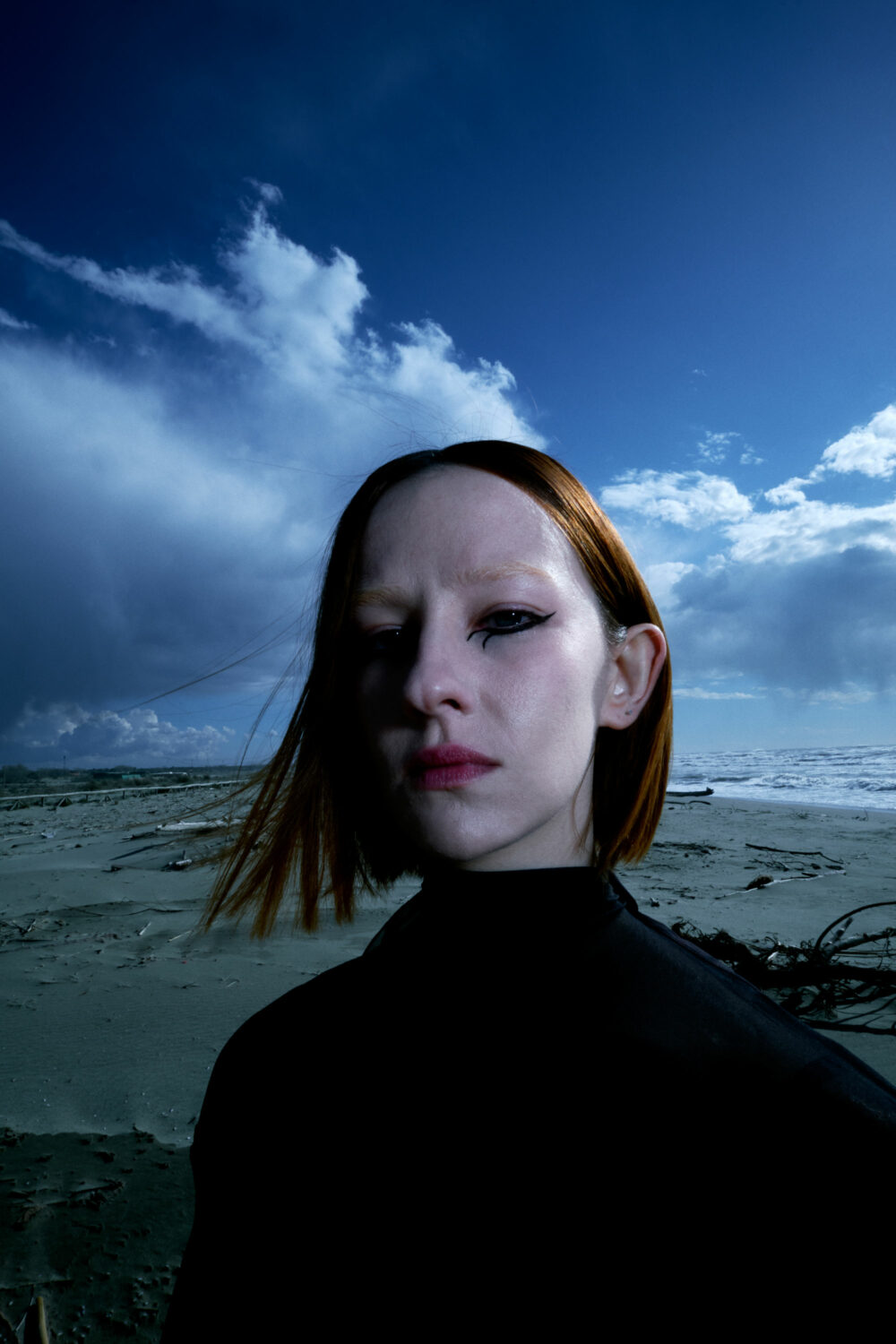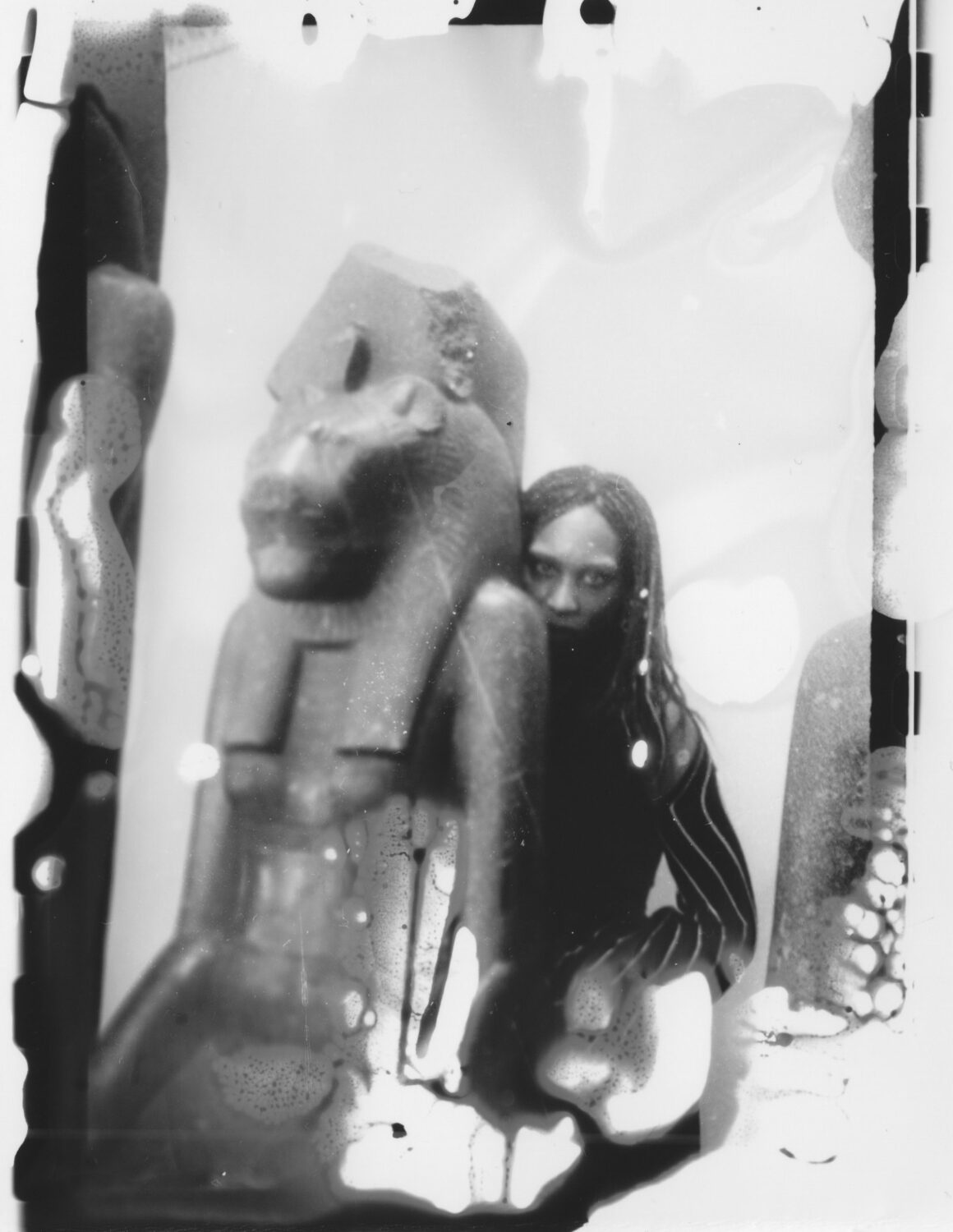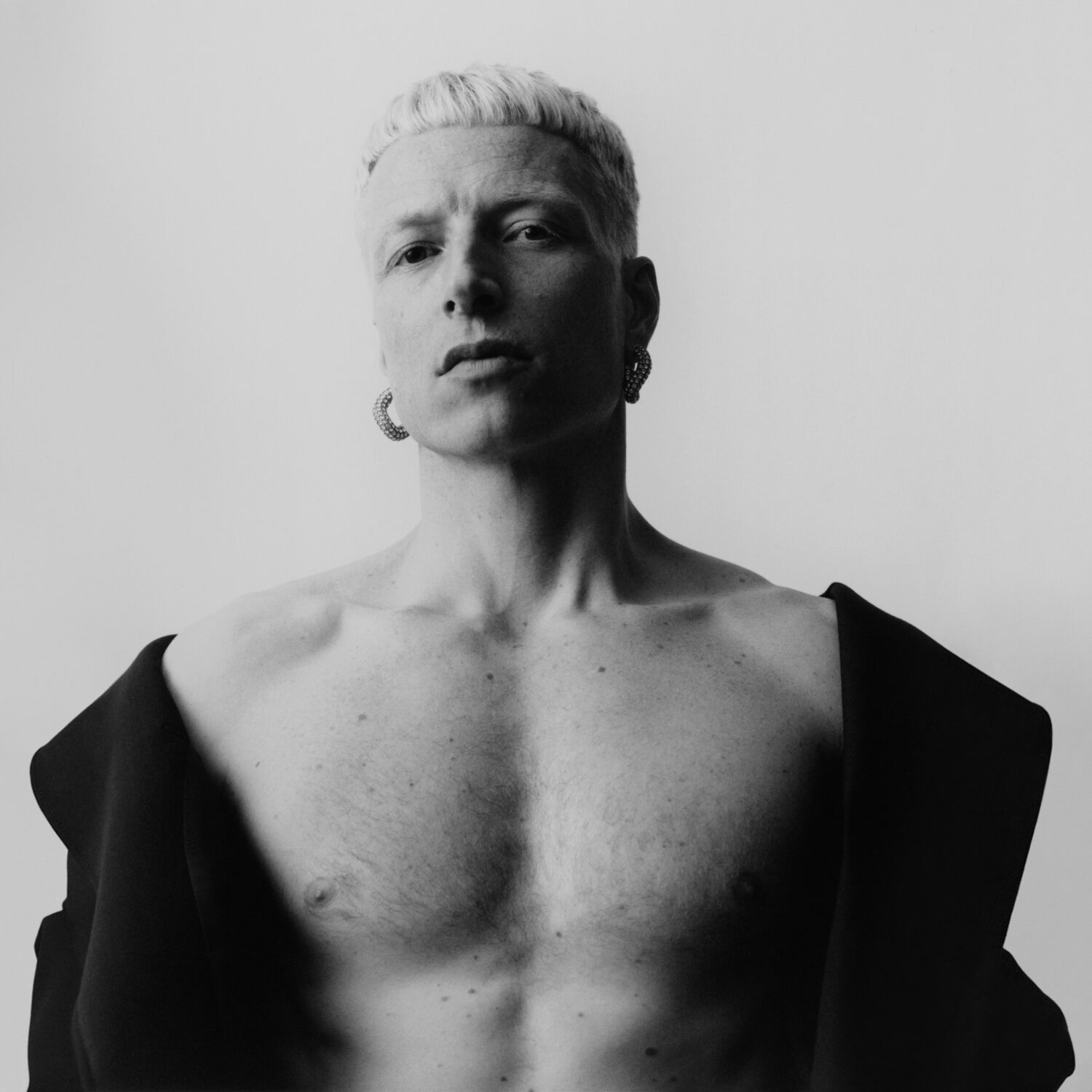Interview: Caterina Barbieri, Nkisi & Bendik Giske On Playing RE—TEXTURED Festival 2022
By Something CuratedActivating diverse sites throughout London and beyond from 24-27 March 2022, RE—TEXTURED is a multi-venue and uniquely multi-sensory festival. The programme combines experimental electronic music, brutalist and modernist architecture and innovative lighting installations for an arresting visual and sonic experience. Curated by Krankbrother, the festival first launched at the Southbank Centre in 2019. This year’s anticipated line-up includes the likes of Nkisi, LSDXOXO, Rebekah, Bendik Giske and headliner, Italian composer Caterina Barbieri. Barbieri’s work explores the psycho-physical effects of repetition and pattern-based operations in music, while Nkisi artfully meshes techno and gabber beats with pan-African drum rhythms, and Norwegian saxophonist Giske shines a new and unexpected light on the instrument. To learn more about the artists involved and what we can look forward to from this year’s iteration of RE—TEXTURED, Something Curated spoke with Barbieri, Nkisi, and Giske, who are behind the show light-years.
Caterina Barbieri

Something Curated: Can you give us some insight into your background and journey to making music?
Caterina Barbieri: I started playing classical guitar at the age of 11. I received classical training at the Conservatory in Bologna, Italy but I became interested in new, experimental music very early in my musical journey. In high school, I was studying Bach and John Dowland during the day and playing electric guitar and electronics in noise bands by night. At 19, I started studying electro-acoustic composition and shortly after I did an Erasmus program at Conservatory in Stockholm, where I started working with analogue modular synthesizers for the first time. The encounter with the legendary Buchla 100 and 200 series at KMH and EMS in Stockholm was life changing for me. A sort of big bang that channelled my creative energy and shaped my path into music.
SC: Are you able to tell us anything about your upcoming headlining set at RE—TEXTURED festival — what can we look forward to?
CB: At RE—TEXTURED festival, we’ll present a special show curated by my newly formed music label and platform named light-years. Within the context of light-years, I wanted to invite different artists gravitating around the same orbit to join me on stage and present a new live concept: not a fully collaborative show but a hybrid ecosystem, a sonic continuum where different constellations of artists converge, alternating between solo and collaborative moments. The audience is invited to explore this ecosystem with no specific expectation or preparation, a bit as if it were a secret, enchanted garden. For this special London edition, I’ve invited Bendik Giske, Nkisi and a vocal ensemble led by Evelyn Saylor, that will perform the premiere of a rework for voices of my composition Fantas, released last year as part of my Fantas Variations album (Editions Mego, 2021). The visual design will be curated by light artist MFO.

SC: Could you expand on your exploration of repetition, and its psycho-physical effects, in your fascinating work?
CB: “Repetition changes nothing in the object repeated, but does change something in the mind that contemplates it,” says Gilles Deleuze. I love this quote by Deleuze and I often refer to it when talking about my work with repetition. I use repetition and other recursive musical elements as a media to create a specific psychic state, similar to trance or hypnosis. It’s an altered state of consciousness, where it’s easier to become receptive and present in the moment. A state of hyper focus, that exists beyond binary thinking: dualities between subject and object, inner and outer, physical and spiritual seem to crash all at once. Music carries you outside of your body, unbounded in time and space. I think of music as a transformative experience — a process rather than a form: it’s more about the changes we, as listeners, undergo rather than the changes the material itself undergoes.
SC: What are you working on at present?
CB: I am working on a new band project called Forse Ora with Italian artists Lorenzo Senni and Jim C. Nedd. We’re currently doing a residency at an art space called Casa degli Artisti here in Milano.
SC: And what have you been enjoying listening to recently?
CB: Dean Blunt – Black Metal 2.
Nkisi

SC: How would you describe your approach to making music?
Nkisi: I would describe my approach to music first of all as a medium for connection and critical thinking. Music allows me to connect to the invisible, the unspeakable. It is a medium that demands a certain intentionality, that’s where the healing aspect comes in. I am also interested in the power of the ritual, in its multiplicity, as a communal activity, and how it intensifies the forces within.
SC: Could you expand on your interest and sonic exploration of African cosmologies?
In many ancient African traditions, music and sound function as glyphs in time and space that can be decoded; these ancient future technologies are full of untapped potential and mostly overlooked in conversations around contemporary musical experience. These sonic technologies were used to make bodies and minds receptive to higher forces and for knowledge exchange. Entrancing rhythms give dancers the opportunity to give into the rhythm and separate from their physical bodies — I am specifically excited about this kind of magic.
SC: What can we look forward to from you at RE—TEXTURED festival?
The ritual as a collective space, is the future in becoming, it also allows us to be present in the now, dance and rhythm become entangled expressions of this vital force. At the moment I experiment a lot with the idea that cross rhythms and off beat phrasings can disorient the listener enough for them to ‘lâché prise (let go).
Bendik Giske

SC: Can you give us some insight into your background and journey to making music?
Bendik Giske: Music has always been a part of my life and identity which was most likely fortified by a childhood between cultures and languages. Growing up between Oslo in Norway and Ubud in Bali, Indonesia, music was a natural way for me to connect and experience communities. The saxophone was given to me as a child and quickly triggered my interest. Fast forward past 7 years of music conservatories and academies in 3 cities, I found the saxophone to be a craft that could take me to interesting places, both in terms of community and by providing a gateway into knowledge, history, and self-expression. It was when I narrowed my practice down to only the tenor saxophone that I was able to develop a personal voice and creative connections in music and beyond.
SC: What first drew you to the saxophone?
BG: I was 12 years old when I started, so the initial draw was naturally childish. It was the first honk and the enormous wealth of radical performers who through history have recorded primal screams, cool hisses, and virtuosic lines. Later on I have chosen the saxophone multiple times, and I think there’s an element of the saxophone’s relative young age compared to other wind instruments that keeps drawing me in. The sax was invented in 1846 and naturally it took a while for the instrument to catch on. To me there’s so much unchartered territory on the sax, and I’m excited to keep exploring possibilities and contexts.
SC: What can we look forward to from you at RE—TEXTURED festival?
BG: I’ll be starting off with performing solo-pieces from my album Cracks (Smalltown Supersound, August 2021) together with my long-time collaborator Bridget Ferrill who’s perfected the amplification techniques for my repertoire over the last 4 years. As Caterina Barbieri enters the stage we will perform a repertoire we developed together during a residency at Instituto Svizzero/ICA Milan last summer. I might even perform my take on Barbieri’s Fantas.
Feature image: Caterina Barbieri / Photo: Jim C Nedd